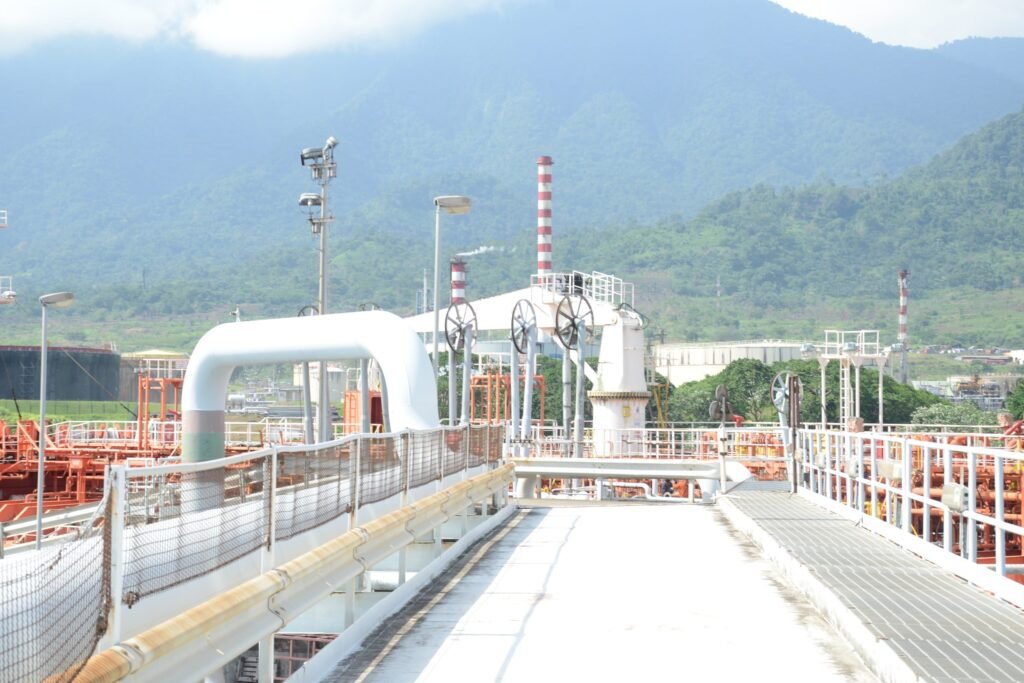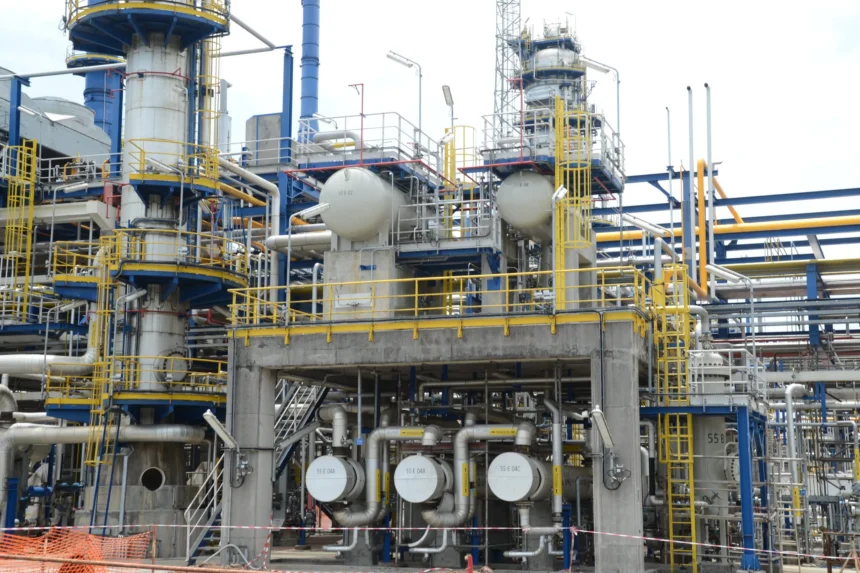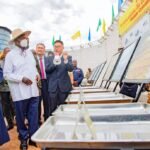Cameroon’s national refinery, Sonara, has unveiled an ambitious 24-month turnaround strategy that could reshape the Central African nation’s energy security landscape. The “Parras 24” plan represents more than infrastructure rehabilitation, it’s a critical test of state capacity to revive strategic industrial assets.
The Board of Directors adopted measures of accelerating activities at SONARA within twenty-four (24) months.
Sonara Press Release
The Strategic Imperative
Six years after the devastating May 2019 fire that crippled operations at the Limbe refinery, Sonara’s board has approved an accelerated restructuring plan targeting full production resumption by 2027. The timeline signals urgency driven by both economic necessity and political pressure to restore energy independence.

The refinery’s restoration carries significance beyond industrial recovery. For Cameroon, Sonara represents energy sovereignty in a region increasingly dependent on refined product imports. The facility’s downtime has forced the country to rely entirely on petroleum product imports, straining foreign exchange reserves and exposing the economy to volatile international pricing.
Financial Architecture and Debt Dynamics
Sonara’s rehabilitation faces the challenge of massive accumulated debt totaling approximately 488.5 billion FCFA ($800 million). The company owes 261 billion FCFA to banks under a 10-year restructuring agreement at 5.5% interest, while traders hold claims of 227.5 billion FCFA, including 185 billion owed to Vitol alone.
The state has implemented a fuel levy mechanism collecting 47.8 FCFA per liter sold at pumps since 2022 to service trader obligations. This arrangement demonstrates government commitment but also highlights the fiscal burden of maintaining a non-operational strategic asset.
Parras 24’s financing structure remains undefined, with recapitalization plans not specifying whether debt conversion or fresh capital injection will predominate. The June proposal from UBAF, ING, and Mauritius Commercial Bank consortium suggests international appetite for participation, though terms remain undisclosed.
Technical and Organizational Transformation
The rehabilitation strategy focuses on restoring pre-2019 operational configuration rather than pursuing technological upgrades. This approach prioritizes speed and cost control over modernization, reflecting resource constraints and urgency to resume production.
Simultaneously, Sonara plans comprehensive workforce development to prepare for operational resumption. The human capital dimension acknowledges that technical rehabilitation alone cannot guarantee successful restart without adequate skills and organizational capacity.
Market Continuity Strategy
During the rehabilitation period, Sonara commits to maintaining refined product supplies through continued import operations. This interim approach requires sophisticated logistics and working capital management while the company simultaneously finances rehabilitation and services existing debt.
The implementation of the previously established measures is already underway and the date for deploying PARRAS 24 development measures in its technical component is set for January 2026.
Sonara Press Real
The dual challenge of maintaining market presence while funding infrastructure recovery tests management capacity and financial resilience. Success depends on sustaining trader relationships and securing adequate working capital lines.
Regional Energy Security Implications
Sonara’s revival carries broader Central African implications. The refinery’s return to operation could enhance regional refined product availability and price stability. Conversely, continued delays would reinforce the region’s import dependence and vulnerability to supply chain disruptions.
The success or failure of Parras 24 may influence other African nations’ approaches to maintaining strategic petroleum infrastructure amid fiscal constraints and operational challenges.
Risk Assessment
Key execution risks include securing adequate financing within the 24-month timeline, managing operational restart complexity, and maintaining stakeholder confidence during the rehabilitation period. Additionally, evolving global energy transition dynamics may affect long-term demand projections for refined products.
Political risks remain significant, given the state’s central role in financing and the project’s visibility as a test of government industrial policy effectiveness.
Key Metrics:
- Total debt burden: 488.5 billion FCFA ($800M)
- Rehabilitation timeline: 24 months (target 2027)
- State fuel levy: 47.8 FCFA per liter
- Operational downtime: 6 years (since May 2019)
Policy Impact: Parras 24 success could establish template for African state enterprise rehabilitation while failure may accelerate private sector participation in strategic energy assets.





